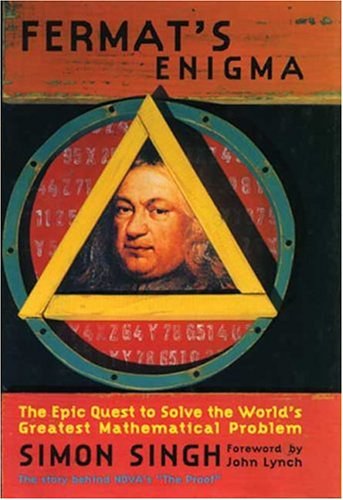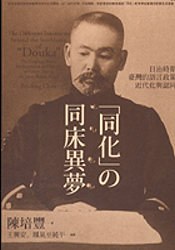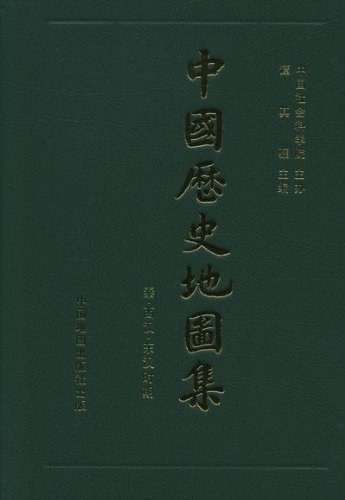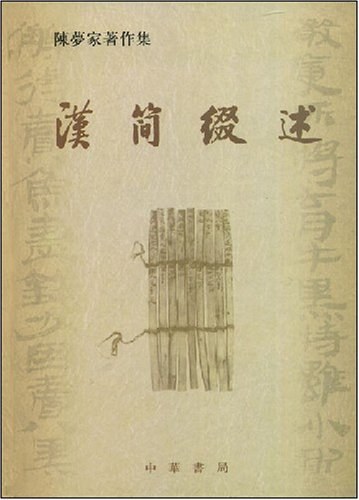
《費馬大定理》费马大定理:数学历史的趣味探索
书名:費馬大定理
1
0

熊出没 2023-09-03 02:10:49
(n+1)^2 - n*2=2n+1,会遍历所有奇数。而奇数中含有无穷多的完全平方数。 - 支线: Stoicheia, geometry - find the first irrational number: proved √2 is irrational using reductio ad absurdum - fundamental theorem of arithmetics: 质因数分解是唯一的
Fermat(1607) - 主线: (1) 提出费马大定理 (2) 使用 method of inifinite descent 证明了 n=4 的情况
Leonhard Euler(1707-1783) - 主线:利用17世纪发明的复数,解决 n=3 的问题 - 支线:欧拉猜想,和费马大定理形式类似。是一个有趣的错误的猜想:反例非常难找,于1966年才被推翻。1988年才找到 n=4 的反例。
Johann Carl Friedrich Gauss(1777-1855) - 主线:帮助女性数学家 Sophie Germain(1776-1831),使后者 proved the theorem for n=p−1, where p is a prime number of the form p=8k+7, with a weak assumption - 支线:PNT Prime nummber theorem - a) Primes become less common as they become larger. Precise quantification proved in 1896. - b) 还有一个有关超难找的反例的故事:There is a Gausss formula which underestimated the number of the primes. However, the counterexample is extremely large. Its like the total number of games when using all the particles in the universe (10^87) to play chess. (P179) 1931 - c) 还有一个:31,331,3331,一直到33333331都是质数,但333333331=117*19608843.
Ernst Eduard Kummer(1801-1893) - 主线:In 1848, Cauchy & Lamé were competing for proving Fermats Last Theorem. But Kummer pointed out a crucial mistake: in the field of complex numbers, Euclids fundamental theorem of arithmetics doesnt hold. The factorization of complex numbers is not unique. For example, 12=(1+√-11)(1-√-11), which leads to the failure of their proofs for irregular primes.
Cantor(
相关推荐
逆天的冒险
我们是天生的冒险家,对冒险的爱从不会离开我们,直到我们迈入垂老之年。”博莱索写道。他认为,“胆小的老头子,在他们的兴趣当中,冒险应该是绝灭了的。”这也是为什么诗人们偏爱冒险,而法律通常是老年人制定的原 (南非)威廉·博莱索 2023-04-10 05:12:26艺术与观念(上册)
《艺术与观念》这本书深入探讨了不同历史时期和社会背景下的艺术观念与意识形态之间的关系。作者通过对自史前文化、古希腊—罗马、中世纪、文艺复兴以及现当代欧洲和北美等地的文化事件和艺术形式进行描述和分析,展 [美]威廉·弗莱明/[美]玛丽·马里安 2023-12-07 07:03:40中国历史地图集(第二册)
谭其骧(1911年2月25日—1992年8月28日),字季龙、笔名禾子,是浙江嘉兴嘉善人,中国历史地理学家,也是中国历史地理学科的主要奠基人和开拓者之一。谭其骧于1930年毕业于暨南大学历史系,随后在 谭其骧 2023-12-07 04:11:41© 2023-2025 百科书库. All Rights Reserved.












发表评价